Sludge dewatering is a critical process in wastewater treatment, industrial processing, and environmental management. Among the various technologies available, screw press sludge dewatering machines are widely used due to their efficiency, compact design, and low maintenance requirements.
1. How Does a Screw Press Sludge Dewatering Machine Work?
The Working Principle of a Screw Press Dewatering Machine
A screw press sludge dewatering machine operates using a rotating screw inside a cylindrical screen. The process involves:
Sludge Feeding – Sludge is pumped into the machine, often mixed with flocculants (like PAM) to improve solid-liquid separation.
Gradual Compression – As the screw rotates, it transports sludge forward while applying increasing pressure.
Water Separation – Free water drains through the screen, while solids are compacted.
Discharge – The dewatered sludge (now with reduced moisture content) is expelled from the discharge end.
Key Advantages:
Continuous operation with minimal operator intervention.
Lower energy consumption compared to centrifugal dewatering.
Compact footprint, suitable for small to medium-scale facilities.
Integrated Horizontal Food Grade Spiral Screw Sludge Dewatering Machine QXDL-252
2. Screw Press vs. Belt Filter Press: Which is Better for Sludge Dewatering?
Comparing Two Common Dewatering Technologies
When choosing between a screw press and a belt filter press, consider the following factors:
| Feature | Screw Press | Belt Filter Press |
|---|---|---|
| Mechanism | Gradual compression via rotating screw | Sludge squeezed between two moving belts |
| Energy Use | Lower | Higher (due to belt movement) |
| Maintenance | Minimal (few moving parts) | More frequent (belt wear, rollers) |
| Footprint | Compact | Larger |
| Dewatering Efficiency | Good for medium-consistency sludge | Better for high-volume, low-viscosity sludge |
Best Choice Depends On:
Screw Press: Ideal for smaller plants, low-energy operations, and easy maintenance.
Belt Filter Press: Better for large-scale, high-throughput applications where space is not a constraint.
3. How to Improve Sludge Dewatering Efficiency with a Screw Press Machine
Optimizing Performance for Better Results
To maximize the efficiency of a screw press dewatering machine:
Adjust Screw Speed – Slower speeds allow more drainage time, improving dryness.
Optimize Flocculant Dosage – Proper polymer selection enhances solid-liquid separation.
Pre-Thickening Sludge – Reducing water content before dewatering improves efficiency.
Regular Screen Cleaning – Prevents clogging and maintains consistent performance.
Monitor Discharge Consistency – Adjust pressure settings based on sludge type (municipal vs. industrial).
Common Issues & Fixes:
Low Solids Capture? → Check flocculant mixing and sludge conditioning.
High Moisture in Cake? → Increase compression zone pressure or reduce feed rate.
4. Screw Press Dewatering Machine Maintenance: Key Tips to Avoid Downtime
Preventive Maintenance for Long-Term Reliability
Proper maintenance ensures smooth operation and extends equipment lifespan:
Daily Checks:
Inspect for abnormal noises or vibrations.
Verify lubrication on bearings and moving parts.
Weekly/Monthly Tasks:
Clean the screen to prevent clogging.
Check wear on the screw and replace if necessary.
Long-Term Upkeep:
Inspect seals and gaskets for leaks.
Monitor motor and gearbox performance.
Signs of Potential Problems:
Reduced Dewatering Efficiency → Possible screen blockage or wear.
Unusual Vibrations → Misalignment or bearing failure.

 ENG
ENG
 English
English русский
русский Español
Español Tiếng Việt
Tiếng Việt ไทย
ไทย
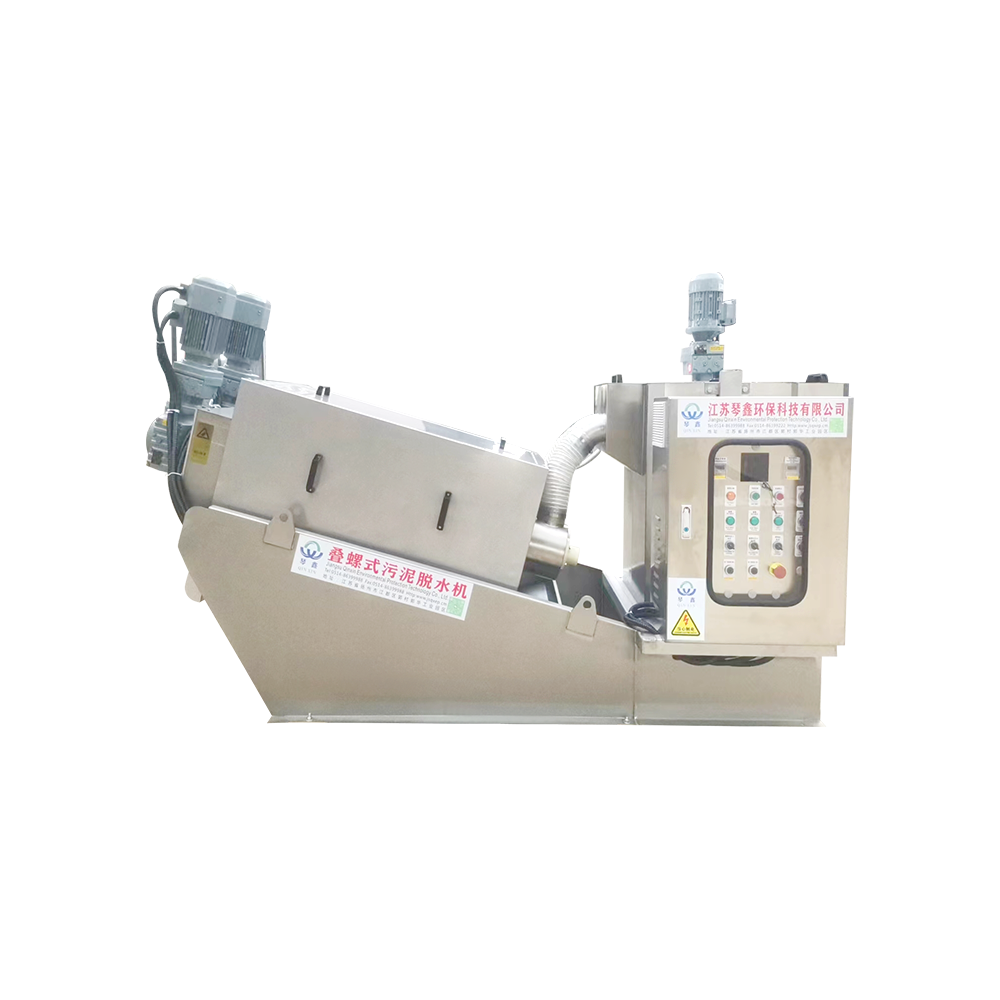
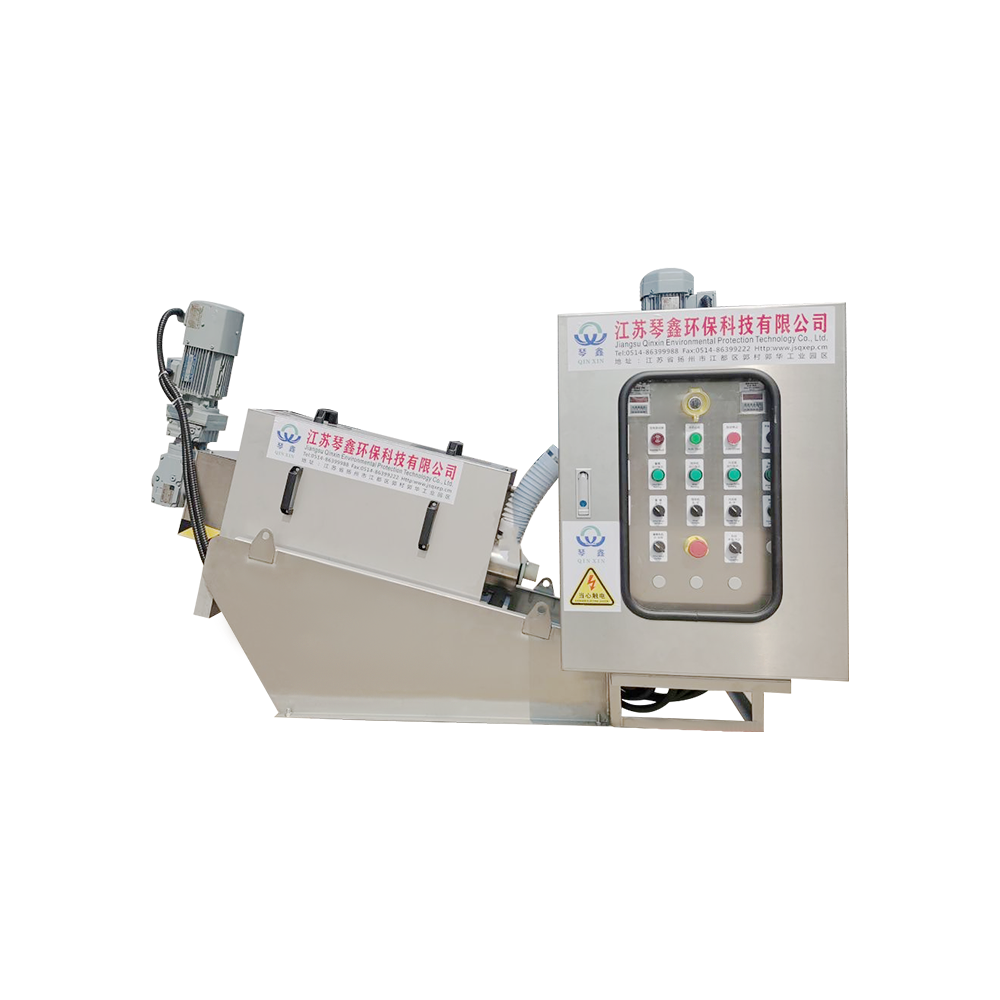

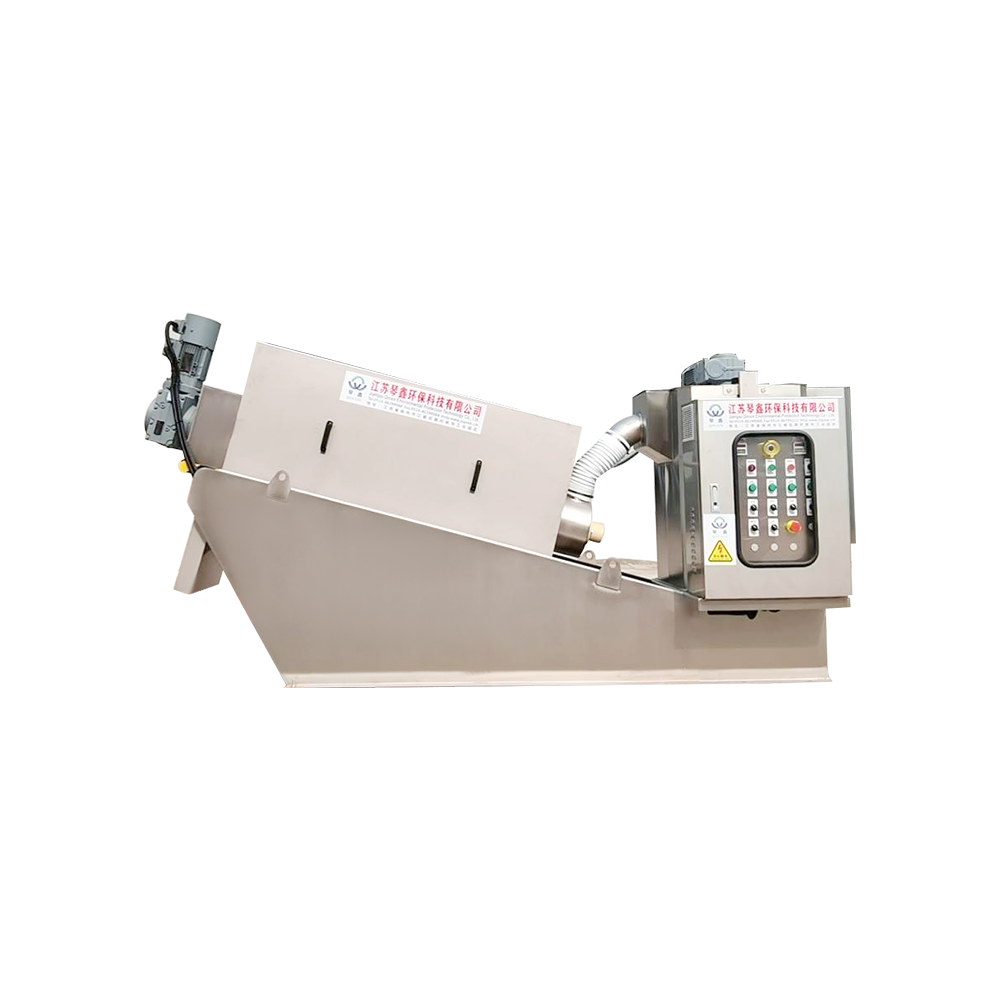
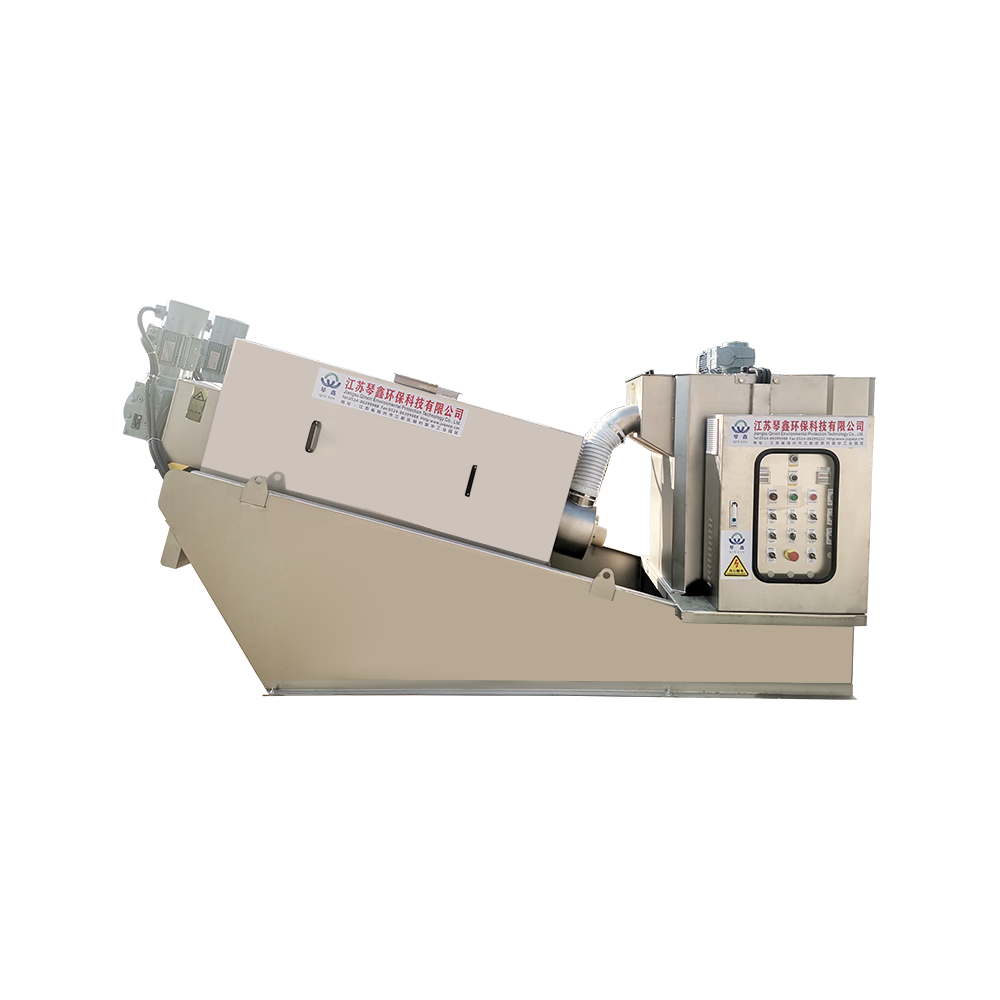
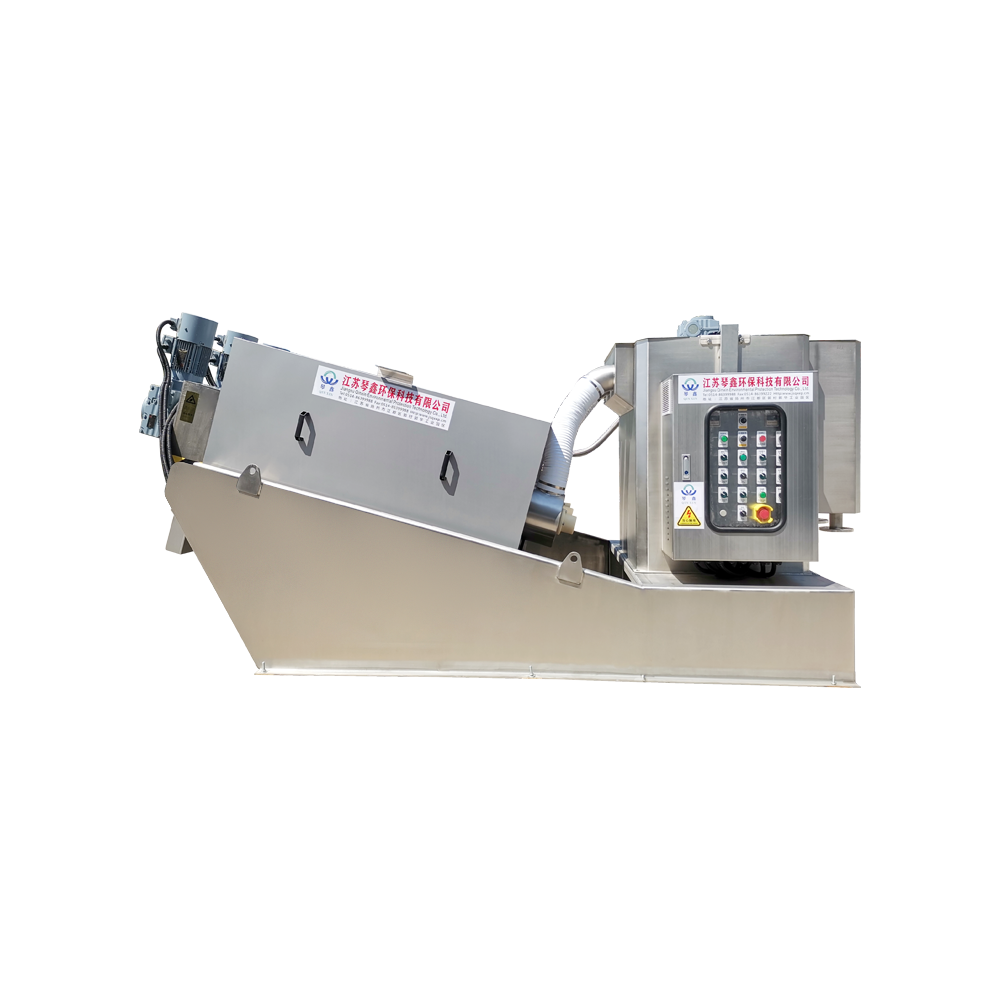
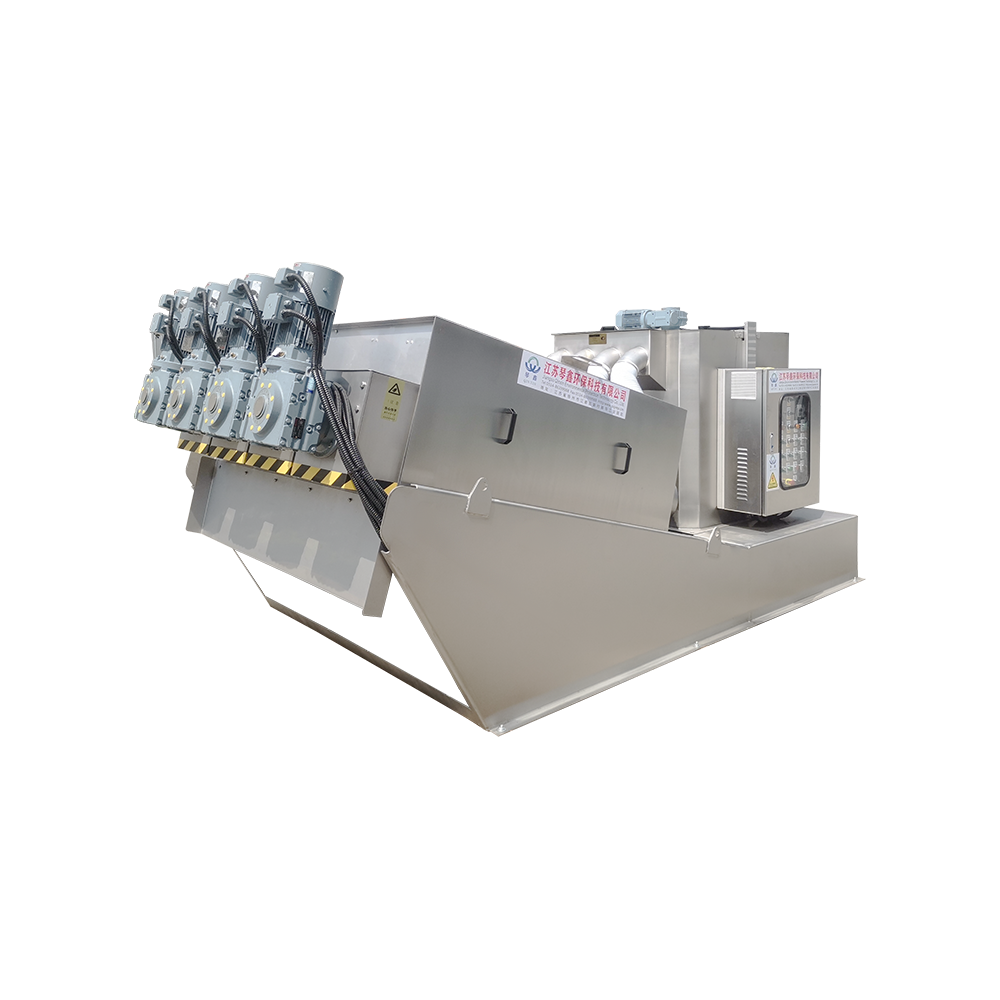
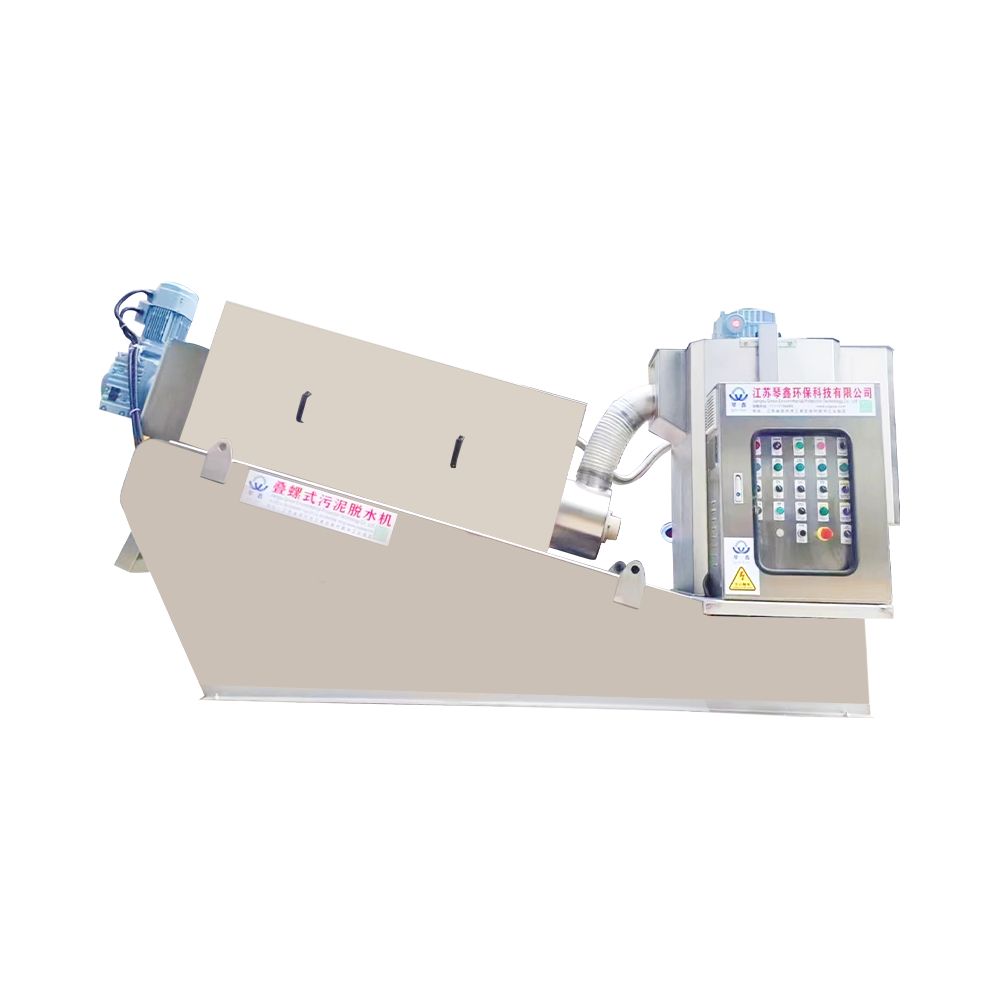
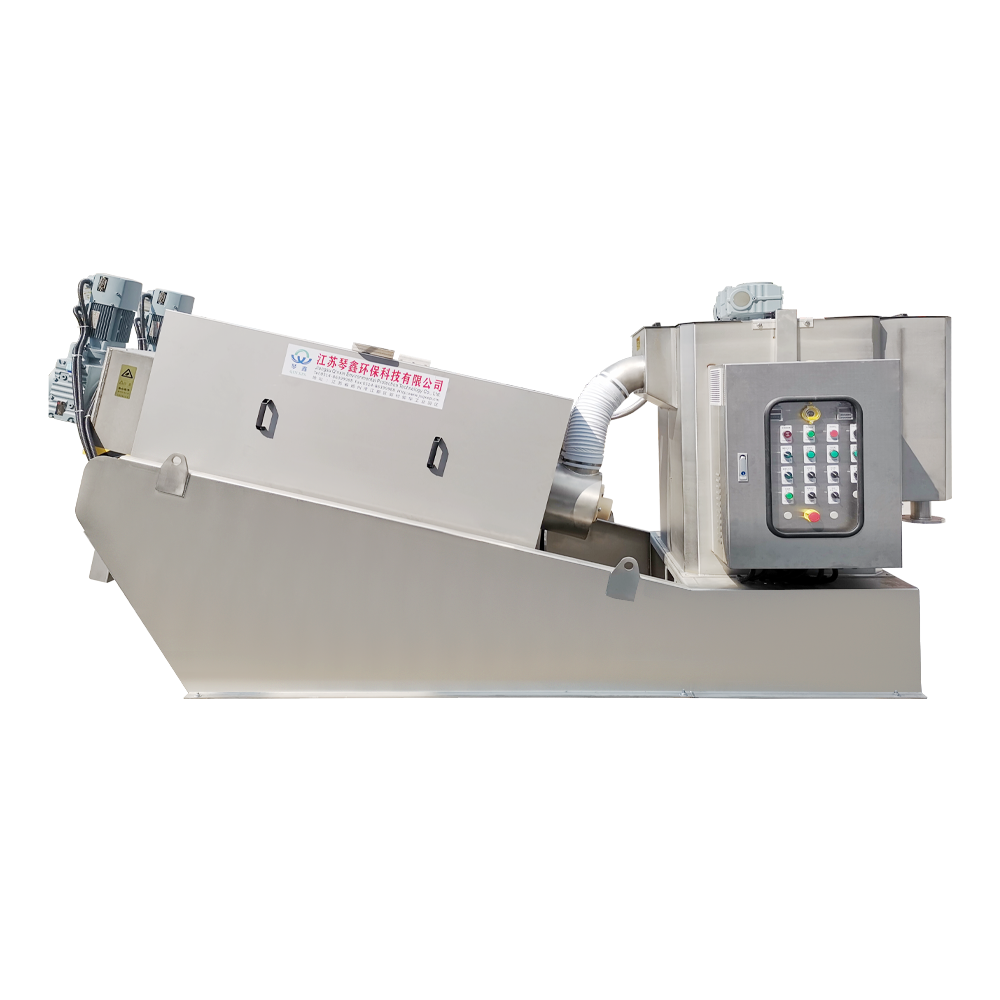
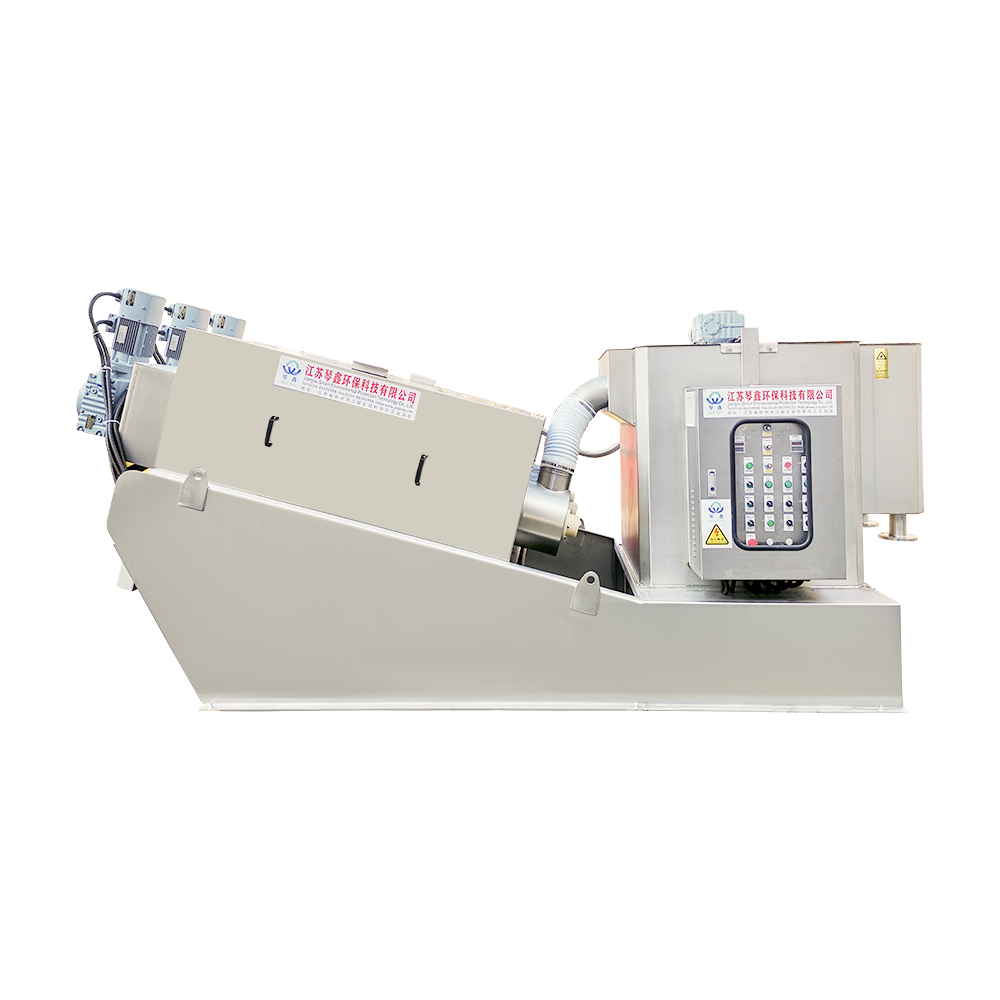
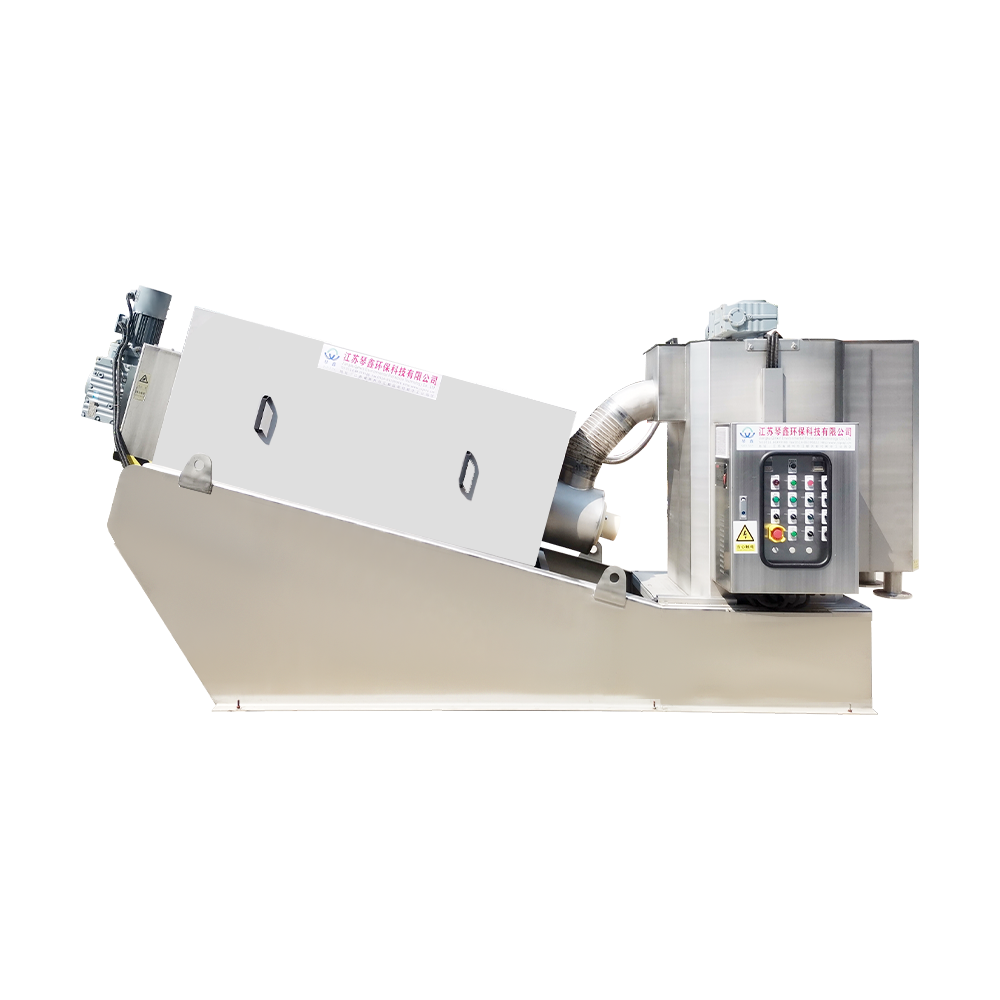
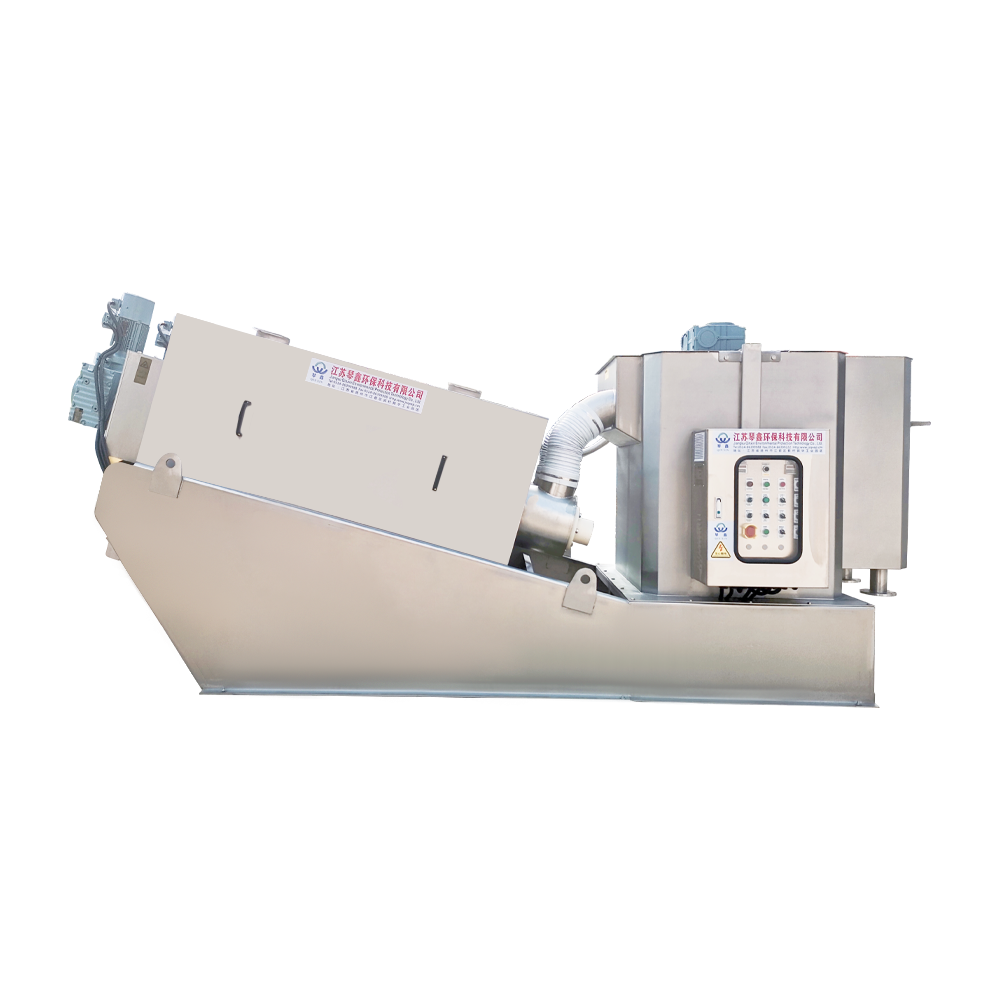
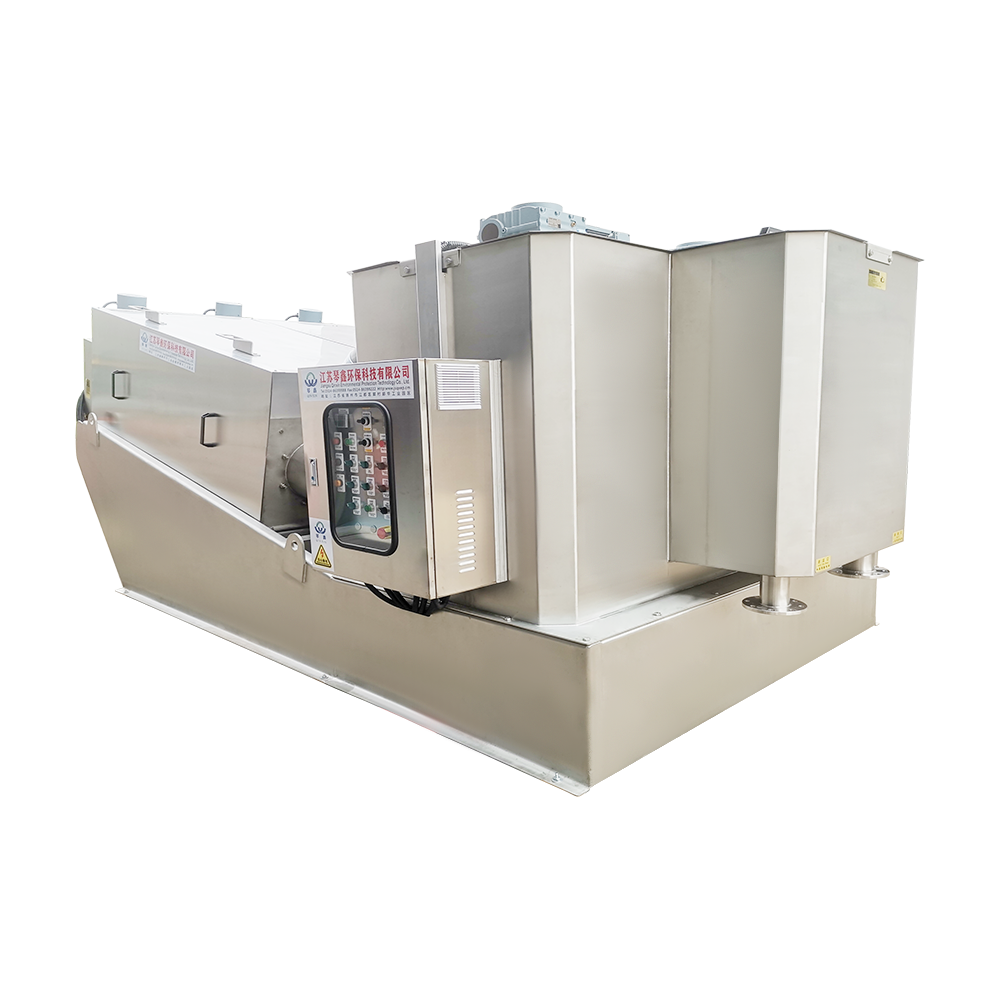
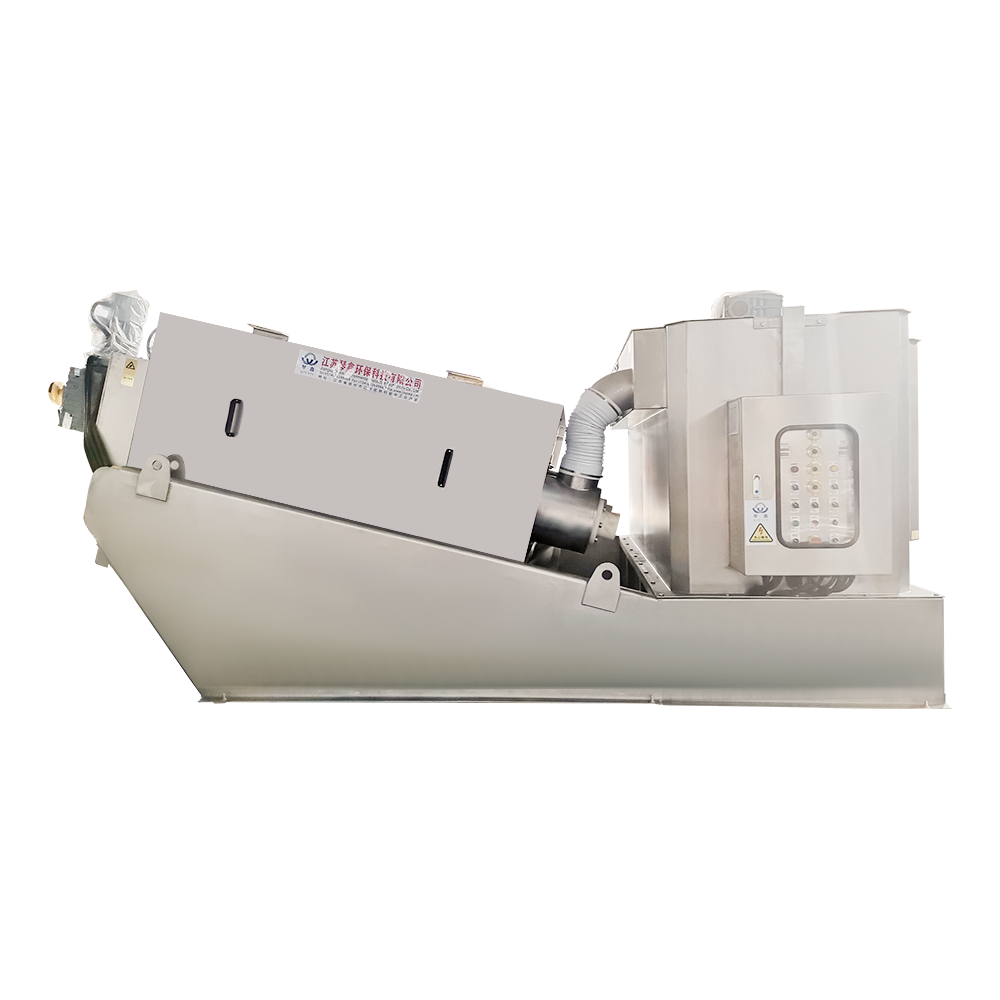
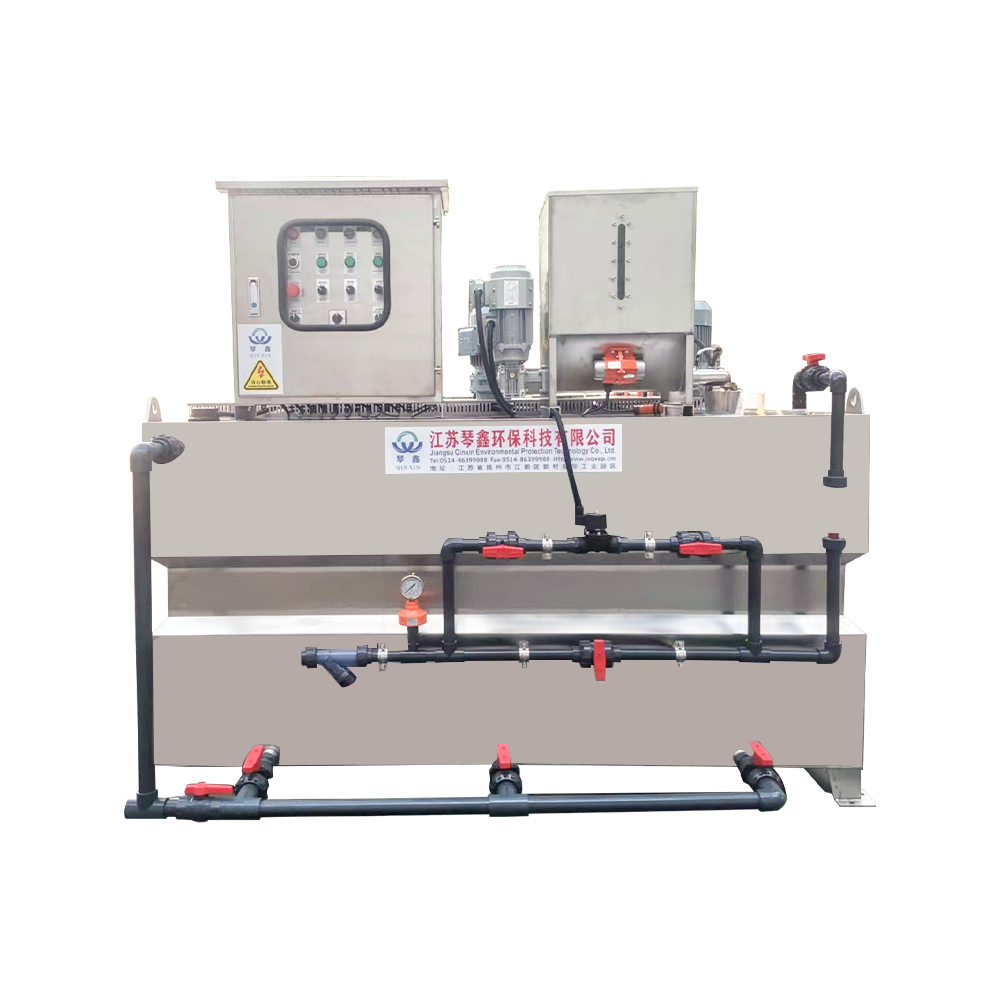

 TOP
TOP